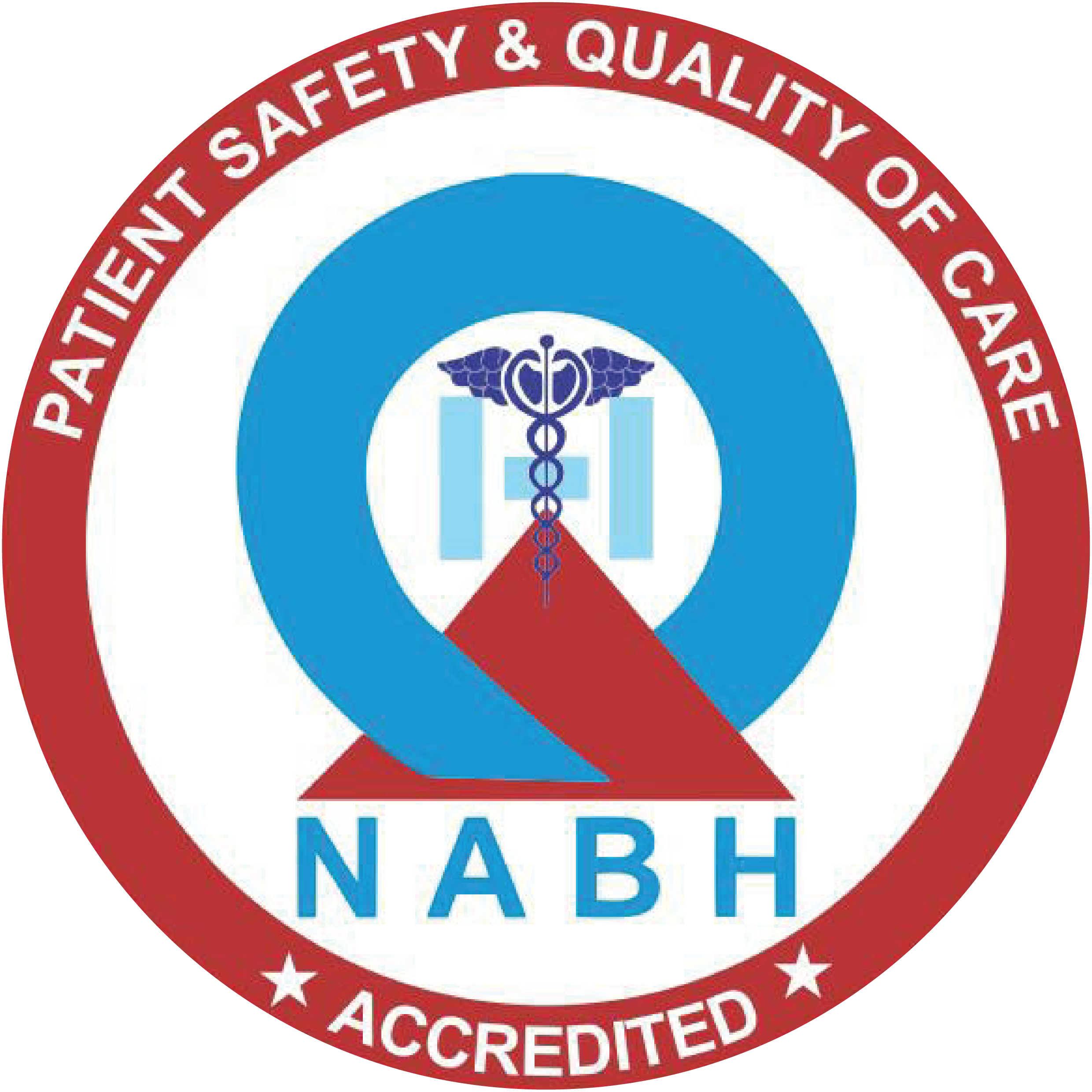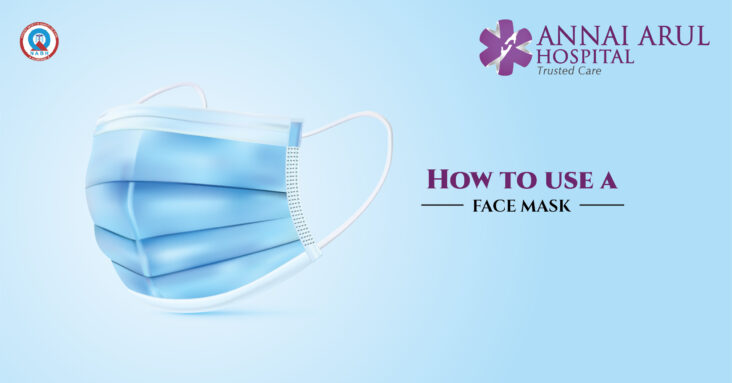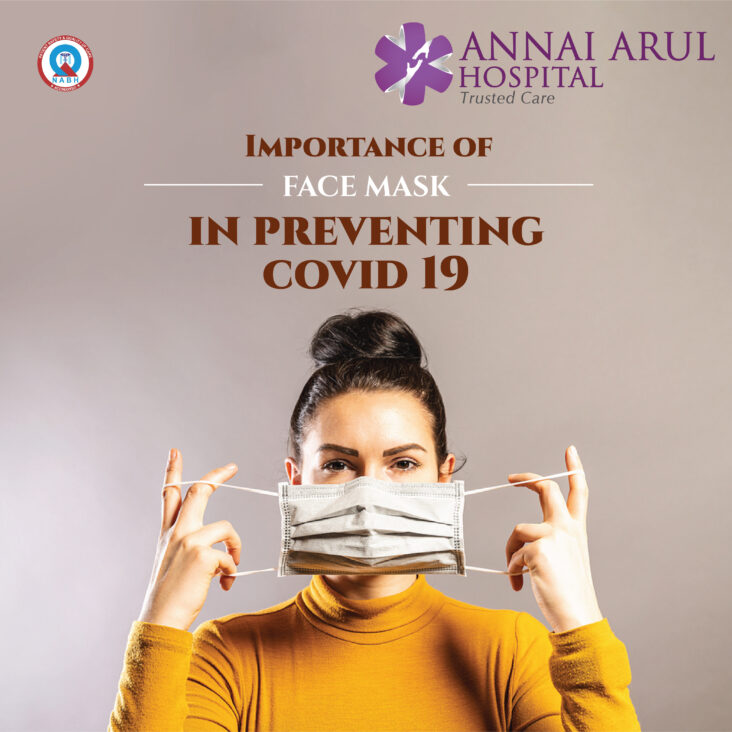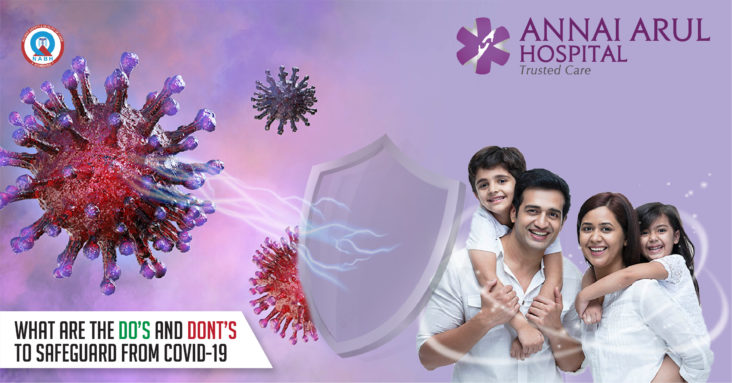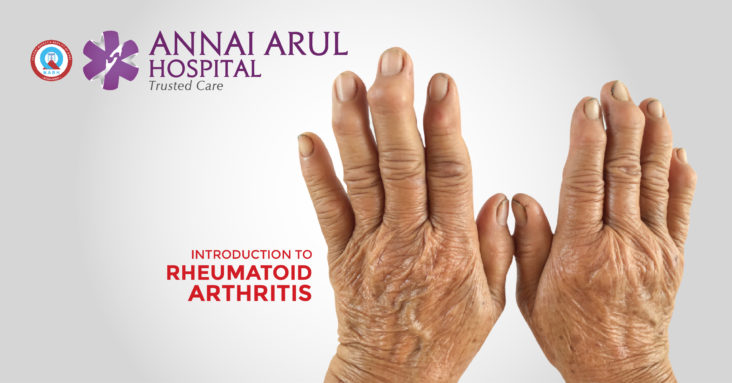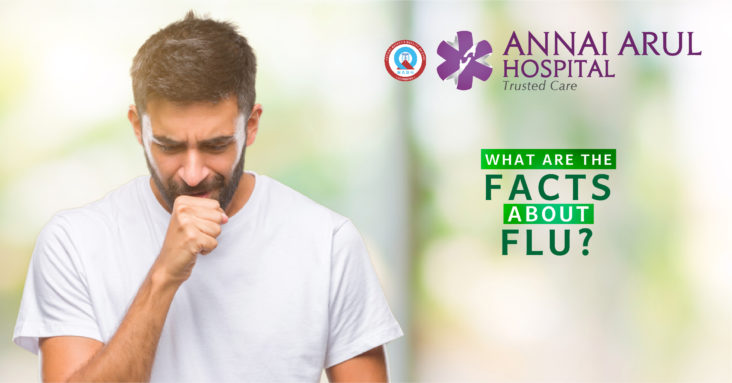Who and when should you wear a face mask? The health department recommends that everyone over the age of 2 years should wear cloth face masks in public places, especially in areas where it is difficult to maintain the mandatory 6 feet distance.
It is best to wear a face mask if you are sick and if there are other people around, at home also. Caregivers are supposed to use the facemask when cleaning and disinfecting a sick person’s bedroom or bathroom.
When visiting a doctor or a hospital, you should wear a face mask.
Wearing a facemask is in addition to other COVID-19 safety measures. You still have to limit contact with other people, wash your hands often with soap and keep surfaces clean.
Who should not wear a face mask?
Children under two years of age, someone who is having trouble breathing, someone who is unconscious or people who can’t move or take-off a mask by themselves need not wear a mask.
The right way to wear a face mask
Before you put on a face mask, wash your hand for 20 seconds with soap and water. Then, secure the mask either with ties behind the head or loops behind the ears as provided. Adjust to fit the mask properly around your nose and mouth and under your chin.
Take care, there is no space between your face and the mask. Pinch the top edge of the mask to fit it around the bridge of your nose. The mask should fit comfortably and be able to breathe easily through it.
Once you wear it and step out, do not go on touching your mask every now and then.
Cleaning and maintaining the face mask
It is best to wash cloth masks with hot water and detergent after every use. If the mask has a filter, take it out before washing. After taking out the mask from the washing machine, hang it up for drying. Wash your hands when you’re done.
After drying your mask check for any hole or frayed edges that can cause gaps around your face.
Before you use the mask again, check for holes. Be sure it’s not frayed and doesn’t gap around your face.
It is recommended to wash your face mask rather than just putting it out in the sun since there is no evidence that sunlight can deactivate the COVID – 19 virus.
Myths and facts about face masks
Gaps in masks make them useless
A mask that does not fit perfectly may not be totally useless if it has a high filter level. Even cloth masks that fit perfectly can’t stop all particles. But a mask that has a gap won’t work nearly as well as a perfectly fitting mask.
Should wear a mask at home too
It is not required to wear a mask at home unless you yourself are sick or you are caring for someone who is sick.
We should wear a mask when exercising outdoors
Though it is best to wear a mask when you go outdoor, wearing a mask and exercising has its own problems. Some people will feel breathless when they wear a mask and exercise. So, it’s fine not to wear a mask when exercising outdoor if you maintain 6 feet distance with other people.
Masks trap carbon dioxide and viruses
Continuously wearing an N95 mask for several hours can make CO2 linger behind the mask. The presence of excess carbon dioxide will cause headache, dizziness and fatigue. At the same time, cloth and surgical masks generally do not cause so much of a problem.
Yes, mask could trap particles of coronavirus and that is why it is recommended that face masks should not be touched often when wearing them and they should be properly washed once you use them outdoors.

